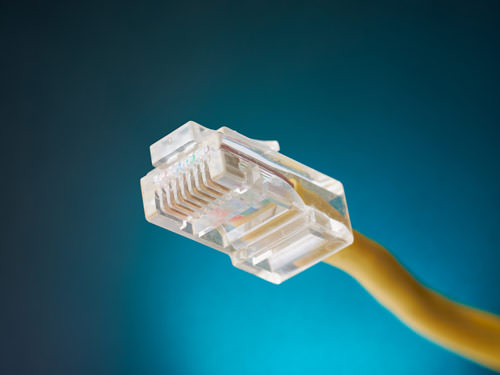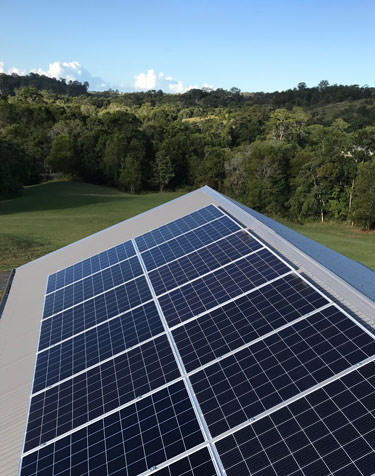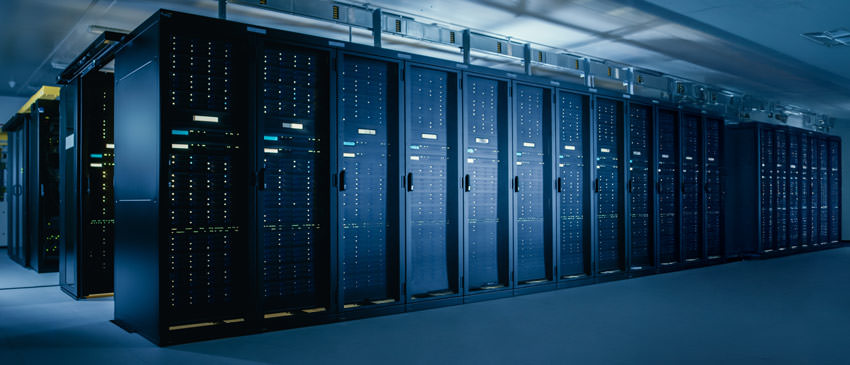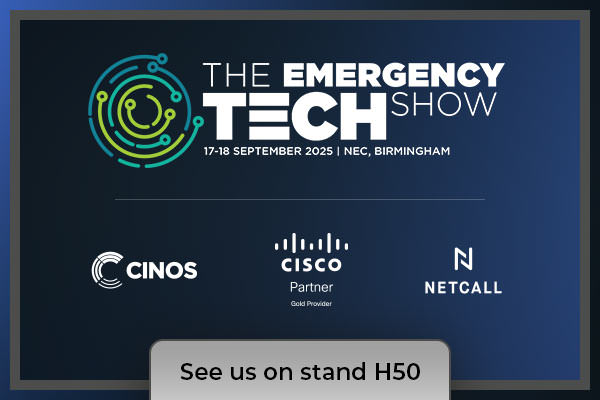
Driving energy efficiency through the network
May 29th, 2025
Whether it’s in hospitals, financial institutions, blue light services, or hybrid work environments, the network is the backbone of operations – keeping critical systems running and connecting people and information. It’s the glue that holds everything together and although networks have evolved to support digital transformation, sustainability is often overlooked as part of the networking strategy. Much of the focus on green IT concentrates on data centres and cloud computing but network infrastructure presents a significant opportunity to drive sustainability.
It isn’t just about reducing energy consumption, it extends to how cables and hardware are manufactured, how power is distributed across devices, and how automation can minimise waste. For IT leaders looking to embed sustainable practices into their infrastructure and contribute to sustainability goals, there are several practical steps that can be taken to optimise power usage, enhance efficiency, and minimise waste.

Implementing Power over Ethernet (PoE) policies
One of the simplest and most effective ways to embed sustainability into networking is by defining Power over Ethernet (PoE) policies on switches. PoE allows switches to deliver power efficiently to connected devices, but if left unchecked, can lead to unnecessary energy consumption. Many organisations over provision power supplies in switches, often exceeding the actual power demand. For example, if a switch only draws 900 watts, there is no need to install a 1500-watt power supply. Configuring switches to deliver only the required amount of power to endpoints can reduce excess energy use.
Additionally, optimising power sharing between devices can further enhance efficiency. Many modern Cisco switches, for instance, have power stack capabilities, allowing multiple switches to share power. Instead of equipping each switch with a higher power supply, IT teams can configure them to distribute power dynamically, ensuring backup power while minimising excess consumption.

Using automation to enhance energy efficiency
Beyond PoE policies, organisations can integrate building automation management systems and smart sensors to create a more energy efficient network. Automation plays a crucial role in reducing unnecessary power consumption by dynamically adjusting network and building infrastructure, based on real-time usage patterns.
For example, IT teams can implement automated scripts that power down switch ports during non-business hours and reactivate them in the morning. The same approach can be used to shut down unnecessary cooling and lighting in unoccupied meeting rooms. This prevents unnecessary power draw outside critical hours, leading to tangible energy savings and a reduction in environmental impact.
Data driven insights can also enhance sustainability efforts. Platforms like Cisco Spaces gather real-time data from temperature sensors, motion detectors, and power control systems to provide actionable insights into building usage. If footfall data shows that a particular meeting room remains unused on Mondays, IT teams can programme building management systems to automatically disable lighting, air conditioning, and networking equipment in that space on those days. By integrating automation with network intelligence, organisations can reduce energy waste, lower costs, and minimise their environmental footprint, all while maintaining an optimised and responsive IT infrastructure.
Optimising network power sources with DC and renewables
One of the biggest inefficiencies in networking power consumption comes from how energy is delivered to equipment. While most networking hardware operates on DC power internally, the majority of power feeds come in AC format, requiring conversion. This process leads to significant energy loss, as excess power is wasted during conversion from AC to DC. By transitioning to direct DC power sources, organisations can eliminate these inefficiencies, reducing overall power loss and improving energy efficiency.
Although direct DC power infrastructure is not yet widely adopted, IT leaders have the opportunity to explore emerging power solutions that reduce reliance on AC conversion. This transition can result in long-term energy savings and a lower carbon footprint, especially when combined with renewable energy sources.
Many organisations are already incorporating renewable energy into their networking infrastructure. Solar panels, window-integrated smart blinds that generate energy, and ceiling-mounted solar power cells are being deployed to offset network power consumption and reduce reliance on traditional power grids. Some companies are integrating these off-grid solutions to power on-premise data banks and reduce their environmental footprint. By optimising power delivery and embracing renewable energy, organisations can build a more sustainable, energy-efficient networking infrastructure which lowers costs and supports sustainability goals.

A strategic shift toward sustainable networking
As technology continues to evolve, networking solutions will increasingly integrate sustainability features, making it easier for organisations to build greener, more efficient IT infrastructures. The key for IT leaders is to start small, make incremental changes, and continuously explore new technologies that drive both sustainability and operational efficiency. By doing so, they can ensure that their organisations remain ahead of both innovation and environmental practices.

Explore Sustainable Networking with Cinos
Ready to reduce your environmental impact through smarter networking? Our team of experts can help you identify practical steps to optimise your infrastructure and support your sustainability goals. Get in touch with Cinos to start your journey towards greener, more efficient IT.





